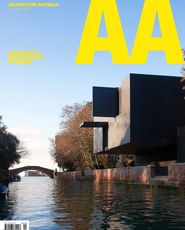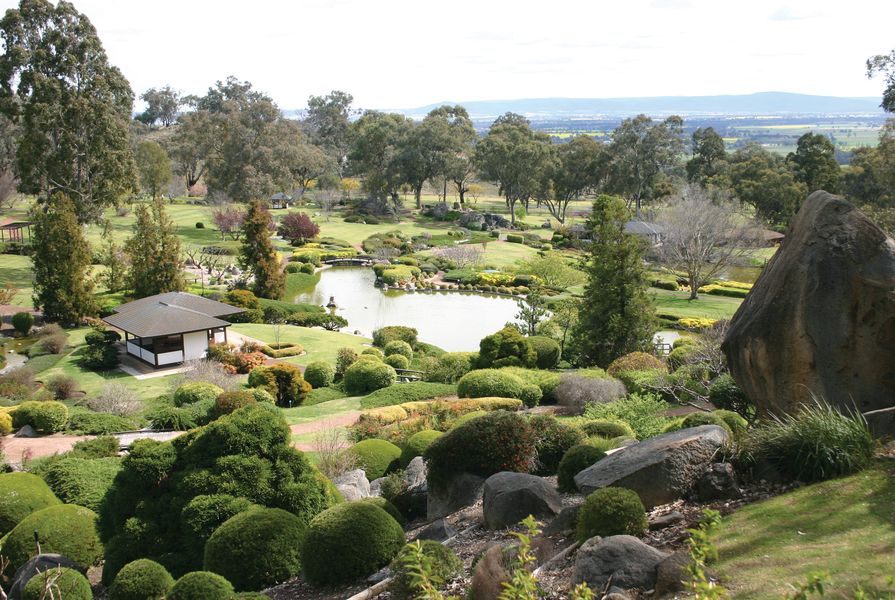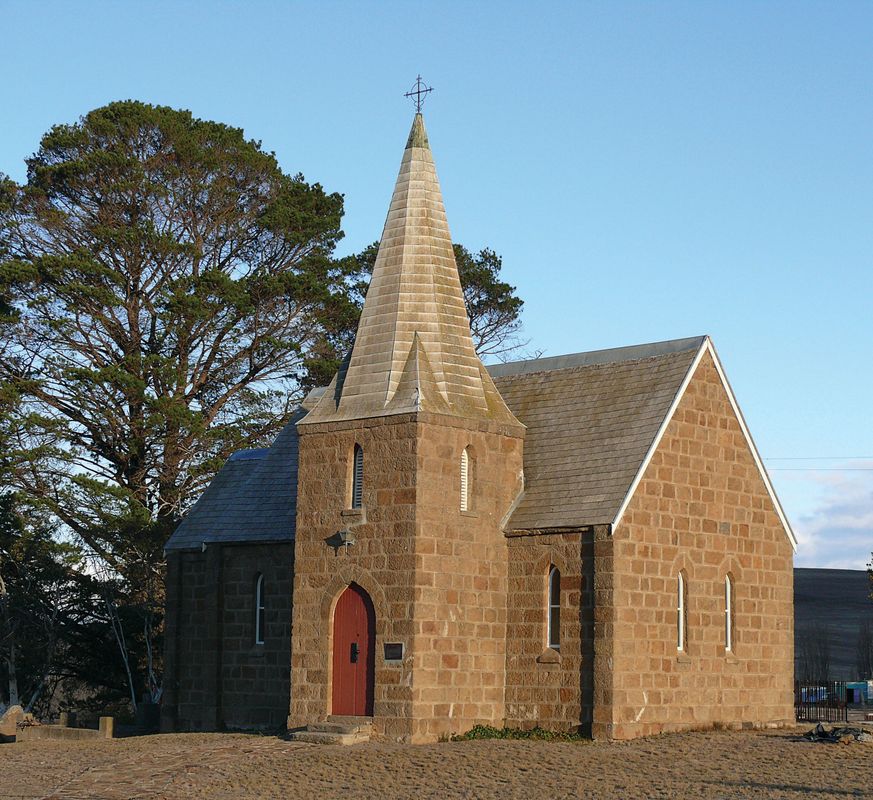At a recent conference in Canberra1, American architectural theory doyenne Joan Ockman displayed the bearded and bespectacled faces of two of architectural history’s late-twentieth-century heavyweights, Reyner Banham and Manfredo Tafuri. She argued that architectural debate had to overcome the dual burdens of the Englishman’s technological utopianism and the post-criticality fomented in response to the Italian’s perceived nihilism.
In positioning this Dossier of recent work in Australian architectural history, it occurred to me that these two figures offer another basis for starting to think about the current problem of that field. Given the choice, more practising architects than not would prefer the students and graduates they take on to have a command of the ArchiCAD object library rather than the Oxford History of Art – and increased demands upon schools of architecture to produce “shovel-ready” graduates have the general effect of prizing the former over the latter. This is not simply a matter for architectural education. It raises the question of how a generation of architects is set up to think about the past.
Banham’s final essay famously characterized architecture school as a “black box” process: a time-consuming inculcation into the ways of the architect, which one can explain, albeit with difficulty, and which involves (at least in Banham’s account) developing the capacity to see the whole in the parts. This is why he is happy to call the Centre Pompidou a work of architecture (check out those details!) but not St Paul’s Cathedral (which merely plays with architecture’s bits and pieces).
The Florentines are at fault here, having developed a way of conveying architectural ideas through drawing that elevated intentions above outcomes – and which caught on in a big way. Architecture is, for Banham, historically contingent: it comes from somewhere in particular, and cannot shake its debt to that moment of intellectual and artistic emancipation from the craft and technique of building.
A conceptual sketch of Griffith University from a site planning report in April 1973 by Roger Johnson.
Image: Courtesy of Griffith University
On these two points Banham and Tafuri agree – that of architecture’s origins, and that blame lies with the Florentines. But rather than a legacy in technique, Tafuri argued at the end of the 1960s that all that had occurred in architecture since the fifteenth century owed everything to history. Without the authority of the abstractions of the past that pervaded the treatises, allowing architecture to talk about ornament and space and tradition and function in terms that mean something in particular when discussed among architects and their critics, architecture has much less of a case to describe itself as something different from all the other professional and technical activities that result in city plans and buildings. For Tafuri, history is architecture’s intellectual infrastructure, and the main job of architectural history is to keep architecture honest in its use of the past as an authority.
From architecture school to the office, history tends to survive in couplets and aphorisms, as crib notes for essays and exams, or in a small number of buildings given close attention in the lecture theatre or study tour – which for some recurs in the manner of PTSD. It requires an act of will for anyone to keep on top of the constant stream of discoveries and fresh perspectives around the work of even the most valued of architects.
The implication for architectural history of Banham’s “Black Box” is that it serves to reinforce the precise nature of the (intellectual, technical) patrimony passed down architect to architect across generations: drawing makes architecture different from building. To which Tafuri responds with the reminder that architecture is, ultimately, an institution with its own history – but an institution that took history as its authority at a crucial, formative moment.
This, fundamentally, is why architects are obliged to study history at architecture school while surgeons and financial planners are not.
This observation captures two motivations for writing architectural history. On one hand, its job is to document the heritage of a professional field, recognizing that architecture is a tradition that, even in the rejection of history, of which the modern movement was accused, adds up to a field of ideas and examples extended by contemporary practice. This may be a matter of recalling ideas and projects and bodies of debate that have been important in the past, but which do not figure in our live memory, or bringing previously overlooked contributions to that field into plain view. It may also involve undermining the easy narratives that tend to build up around this professional heritage. Alberti idealized the city; no, he didn’t. The Bauhaus rejected history; no, it didn’t. This way of doing history is an act of resistance. And yet both of these motivations for writing architectural history ask the most basic question posed by all historians: What happened? Yet it is quickly pursued by important clarifications, to say “this also happened” and that “there’s more to what happened.” Thomas Carlyle wrote: “The whole past is the procession of the present.” Any article or book of architectural history says, of course, as much about its author as his or her subject, and so it serves, too, as a barometer of the kinds of issues brought up by the broader settings in which this work is done – and in which architectural practice is, at one level or another, also engaged. These histories deal with the past, but also with live issues in which architecture is thoroughly implicated.
The articles in this Dossier document some of the recent research delivered to the annual meetings of the Society of Architectural Historians, Australia and New Zealand (SAHANZ). Each of these pieces has been published in long form in the Proceedings of those conferences, but the authors return here to work presented at Launceston in 2012 (Bremner), the Gold Coast in 2013 (Holden and Bird, Ryan) and Auckland in 2014 (Pieris, Roberts). All of these articles bring work into view that might have been lost or forgotten – placing knowledge maintained out of habit under closer scrutiny.
Designed in 1924 by C. D. Lynch for the Queensland Country Women’s Association, the Kissing Point Huts served as a low-cost holiday retreat for QCWA members.
Image: Courtesy of City Libraries Townsville, Local History Collection
It is no longer the case that to access this work one needs either to be a member of SAHANZ or attend the annual conference. The records from the conferences convened in the last two years are available as an open access Proceedings , accessed at www.sahanz.net/conferences, and the Society has undertaken to continue making this research freely available. Each new volume will offer a new take on many a seemingly resolved subject, or divert fresh work from being prematurely archived and giving it a wider audience.
A theme common to the five articles in this Dossier is the way that institutions shape opportunities for architectural production: universities, business entities, religious organizations, governments and community groups. As such, these pieces point to broader issues that even today affect architectural culture. We can chalk up to historiographic fashion the current interest in institutions, agents and networks. But this also responds to a widely felt need to reflect on the specificity of architectural thought and work in a moment when it seems most under threat by a range of expertise that is not native to this field and by the techno-utopia of what Valéry Didelon has recently called “The Empire of BIM.”
In addressing this theme, each in their own way, these authors also offer a moment of pause to reflect on the idea of an “Australian” architecture – as an institution, and as the product of institutions. As such, these articles push past the models on which this idea rests with ease, posing discomfiting questions best left open.
A University of Canberra symposium, chaired by Assoc. Prof. Nadir Lahiji and titled “Architecture, the Critical Project, and the Practice of Negativity” in March 2015.
Source

Discussion
Published online: 1 Sep 2015
Words:
Andrew Leach
Images:
Alex Bremner,
Anoma Pieris,
Courtesy of City Libraries Townsville, Local History Collection,
Courtesy of Griffith University,
From the Tasmanian Archive and Heritage Office, used with permission of VDL Company
Issue
Architecture Australia, July 2015






















